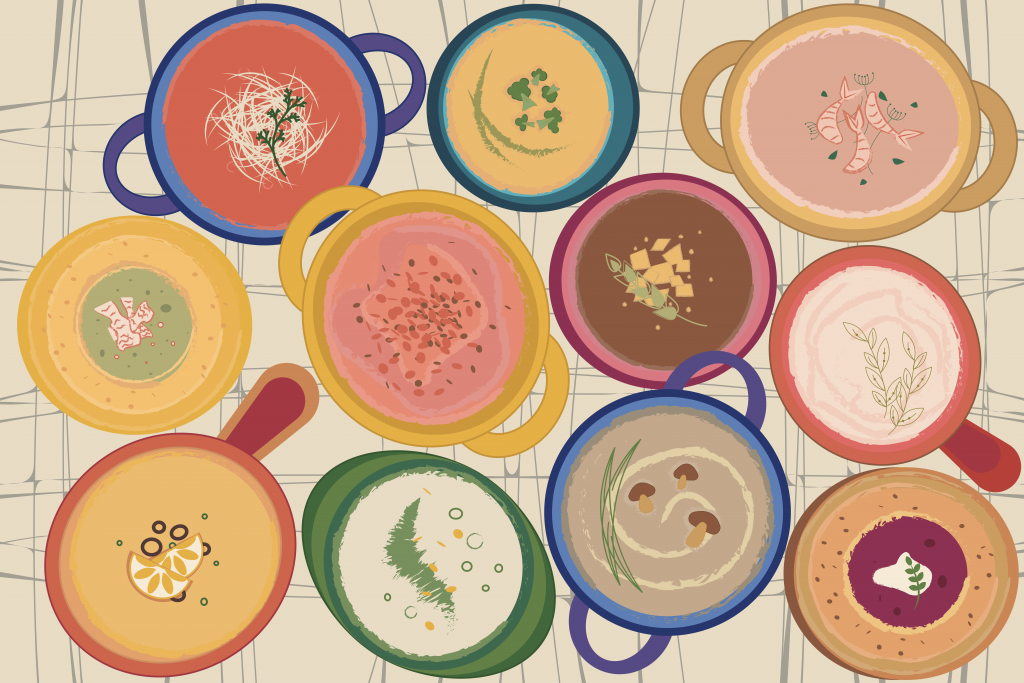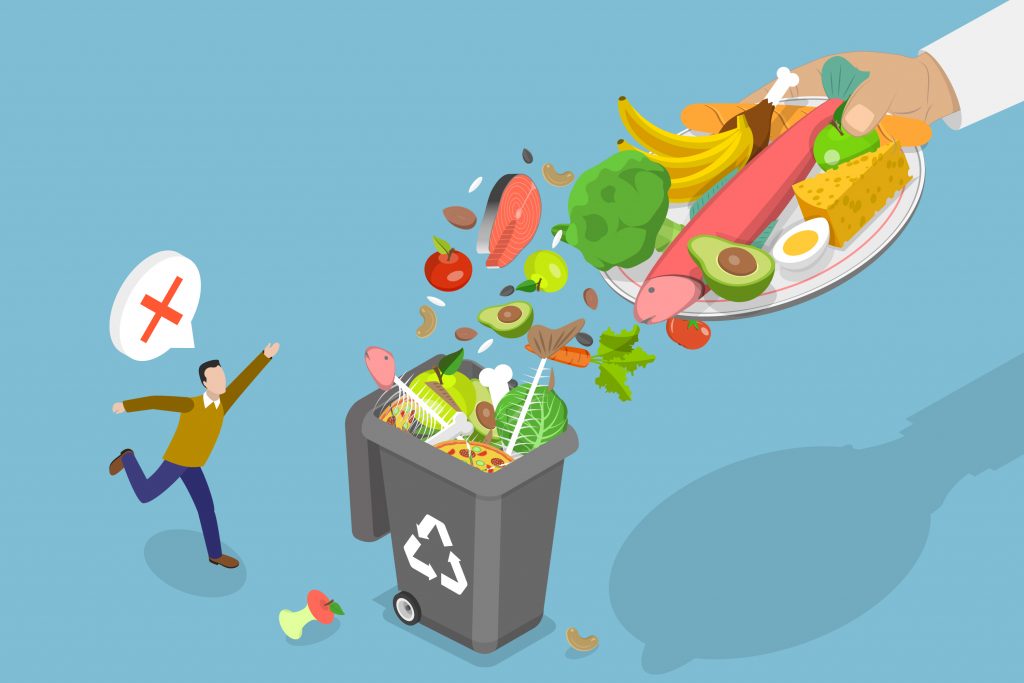How to create a sustainable restaurant menu
Aussies are more environmentally aware than ever before. So much so that they are willing to dine in favour of the planet. Restaurants can capitalise on this while doing their part for sustainability.
What is an eco-friendly menu?
An eco-friendly menu minimises the negative effect your cooking has on the environment. Consider the distance your ingredients travelled to get to your plate. Does your restaurant produce a lot of waste and is it contributing to landfill or compost? How much energy was used and CO2 produced to cook the food?
Some menu items, such as burgers and steaks, use more energy and produce more greenhouse gases than lentils and spinach. A sustainable menu doesn’t mean becoming a vegetarian restaurant. But, there are changes you could introduce that are not only good for the environment, but good for your profits, too.
Source ingredients locally
Customers love to know where their food is coming from. Especially, if it’s locally grown from a small farm. Source local free-range eggs for breakfast. Display images of happy, roaming hens on your website and menu. Use locally made cheese and have pictures and the details of the farm. Change your menu with the seasons in line with what’s available. Show the name of the providers on your menu, showing your support for locally grown.
Menu items could include the name of the farm, such as Grilled Wattamolla all-natural Chicken Breast with Seasonal, Locally Grown Kale. Try Pan-Seared Salmon with Karloo Local Green Beans.
Menus can display information about the local farm where the food was grown. People like to know they’re supporting local farms and not multinational supermarket chains.
Not only are you financially supporting a local business, but you’re using less energy for transportation and packaging. That business won’t forget your support, either
Use zero-waste cooking techniques
Food waste is not only bad financially, but bad for the environment. Producing, transporting and cooking the unwanted dish wasted energy. The pollution and CO2 emissions released were eventually for nothing.
Try to be creative. Reducing waste doesn’t mean reducing the quality of your meals. Repurpose stale bread as breadcrumbs, croutons or delicious bread and butter pudding. Use bones and fish heads for stock. When cooking pumpkin, roast the seeds for a salad.
Most leaves can be used rather than thrown away. Cauliflower leaves and broccoli stems can be roasted or put in a stir-fry. However, rhubarb leaves are poisonous. If in doubt, check if they’re safe to eat.
Recognise unpopular dishes and remove the ones that don’t sell.
Plant an edible garden
Even inner-city gardens can plant herbs in pots. Rosemary, sage and mint are very easy to grow. Olive and Angelos in the heart of Brisbane’s CBD surround their diners with chillies and parsley. All grown for their meals. Diners can see, smell and touch the herbs around them as they eat their obviously fresh meal.
Serve less meat
Serving less meat is good for the planet. The meat and dairy industries create 14.5 percent of man-made greenhouse gas emissions. Beef produces more than twice the emissions of the next most polluting food, lamb.
A standard serving of meat is probably smaller than most Aussies think. According to Australian Dietary Guidelines, dinner should include only one serve of protein. That’s only 65g of cooked lean red meat such as beef, lamb or pork. One serving of cooked chicken is 80g and fish is 100g.
Your menu could offer more vegetarian and vegan options. They could also reduce the size of meat and add more veggies.
Reducing food waste and partnering with your local community is not just good for the environment. It financially makes sense. These practices give you unlimited marketing and social media options, and the local providers are more likely to include your business in their marketing efforts too.
Contact Comcater on 1300 309 262 or fill out the form for more information.


